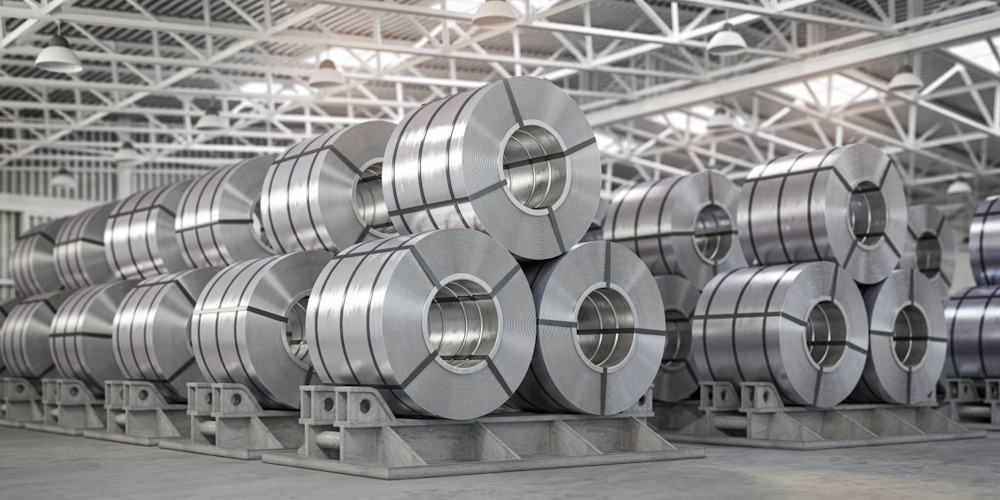
Zinc prices experienced a decrease of 0.48%, settling at Rs 289.9 yesterday, as the intensifying trade tensions between the U.S. and China negatively impacted demand sentiment for industrial metals. The premium for LME cash zinc over the three-month contract has contracted significantly to $75 a ton from $202 previously, suggesting a reduction in tightness, even as low global inventories persist in fostering volatility.
LME zinc stocks have experienced a significant decline, falling from 230,000 tons in January to approximately 48,825 tons, marking the lowest level since May 2023, which indicates an 80% reduction year-to-date. In the interim, Chinese manufacturers are said to be gearing up to increase metal exports in response to heightened international prices, which has sparked apprehensions regarding a possible oversupply in the market. Nonetheless, constrained domestic inventories alongside the potential for production reductions in China may limit significant downward movement.
Japan’s Mitsui Mining & Smelting has disclosed that its refined zinc output is projected to decline by 6.6% year-on-year in the latter half of FY25/26, attributed to the closure of smelters. Concurrently, treatment charges have increased to $87.5 per ton, indicating a slight recovery in smelter margins. Conversely, the record zinc output of 57,200 tons from Ivanhoe Mines’ Congo operations in Q3 contributes positively to the global supply outlook. The International Lead and Zinc Study Group reports that the global zinc market experienced a surplus of 30,200 tons in July, following a deficit in June, leading to a cumulative surplus of 72,000 tons for the first seven months of 2025.
From a technical perspective, the market is experiencing long liquidation, as evidenced by a 6.03% decline in open interest, which now stands at Rs 2,757. Zinc exhibits support levels at Rs 288.2 and Rs 286.4, with resistance identified at Rs 292 and Rs 294.
